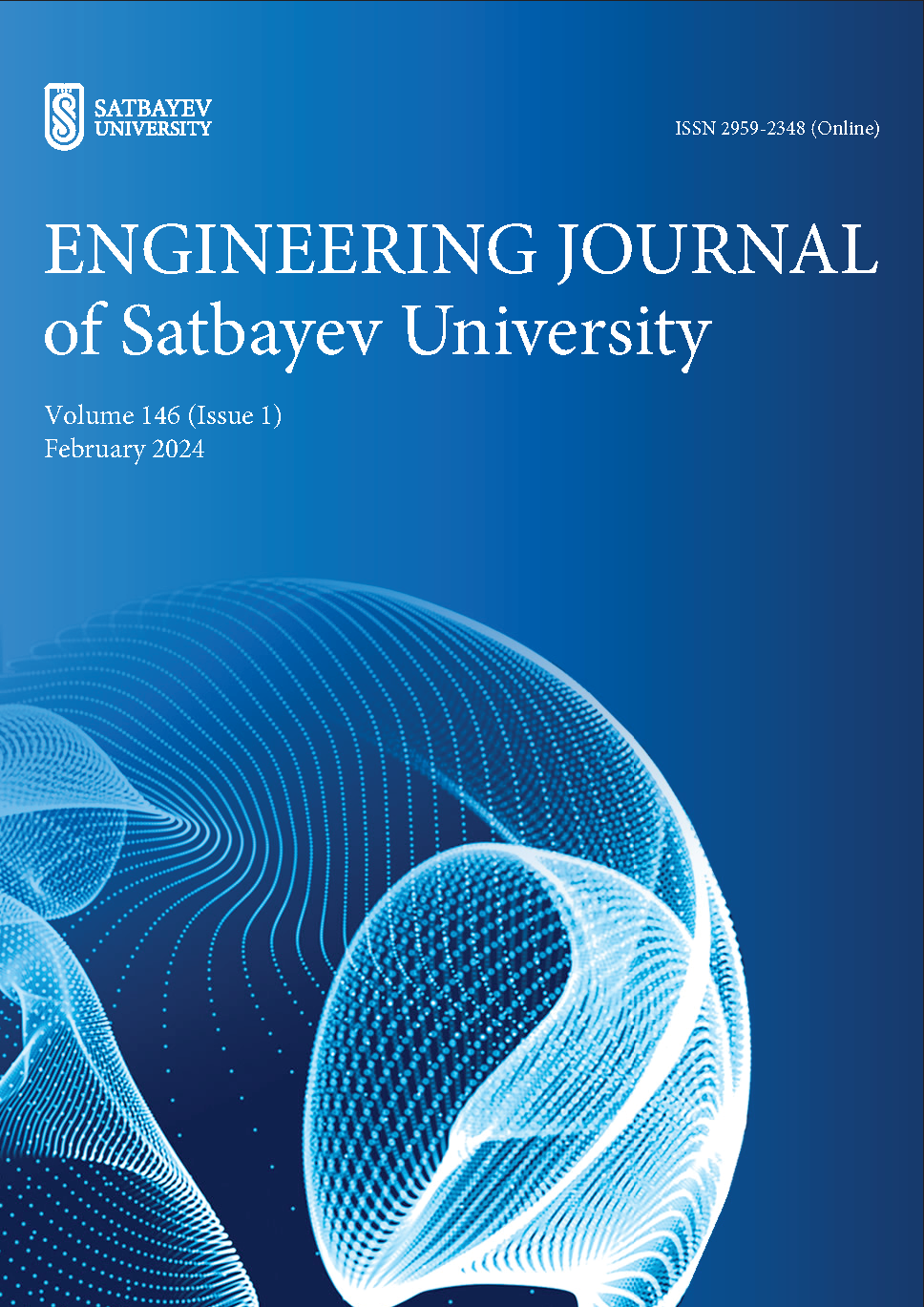Application of geostatistical interpolation methods for filtration coefficients on the Nurkazgan East field using the Python programming language
DOI:
https://doi.org/10.51301/ejsu.2024.i1.04Keywords:
geostatistics, filter coefficient, kriging, Python programming language, stochastic methodAbstract
This article presents the results of applying geostatistical interpolation methods to filtration coefficients obtained from interval hydrogeological studies in six geotechnical wells, with depths up to 1500 meters, in the Nurkazgan East field. Packers were used to isolate the required intervals, and pressure changes during tests were recorded using autonomous sensors. Subsequent processing of the results was carried out using the Python programming language. Geostatistical interpolation methods (including simple kriging and stochastic methods) for geological features were examined. For this purpose, several Python programming language libraries were utilized for data preparation, interpolation, visualization, and export to the required data format, such as Pandas, Numpy, PyGSLIB, GeONE, and others. As a result, the distribution of filtration coefficients within the boundaries of the modeled block was obtained. The applied stochastic methods allowed obtaining the necessary number of equiprobable realizations of the filtration coefficient distribution, which on average converged to the solution of simple kriging. Using these equiprobable realizations in further solving the problem of determining the forecast volume of drainage water, using geofiltration modeling, will provide a probabilistic distribution of these volumes. The forecast volume of drainage water significantly impacts the economy of the entire mining enterprise, as it affects the chosen mine dewatering scheme, selection of infrastructure for drainage water pumping, the magnitude of unbalanced volumes of pumped water discharged into the evaporator pond, and much more. Accordingly, the described method will allow determining both the most probable volumes of drainage water and their upper and lower bounds. Conducting geostatistical calculations using programming languages, particularly Python, enables hydrogeologists to fully utilize the theoretical foundations of any direction, whereas ready-made software products to some extent impose limitations.
Downloads
Published
How to Cite
Issue
Section
License
Copyright (c) 2024 Engineering Journal of Satbayev University

This work is licensed under a Creative Commons Attribution-NonCommercial-NoDerivatives 4.0 International License.
<div class="pkpfooter-son">
<a rel="license" href="http://creativecommons.org/licenses/by-nc/4.0/"><img alt="Creative Commons License" style="border-width:0" src="https://i.creativecommons.org/l/by-nc/4.0/80x15.png"></a><br>This work is licensed under a <a rel="license" href="http://creativecommons.org/licenses/by-nc/4.0/">Creative Commons Attribution-NonCommercial 4.0 International License</a>.
</div>





